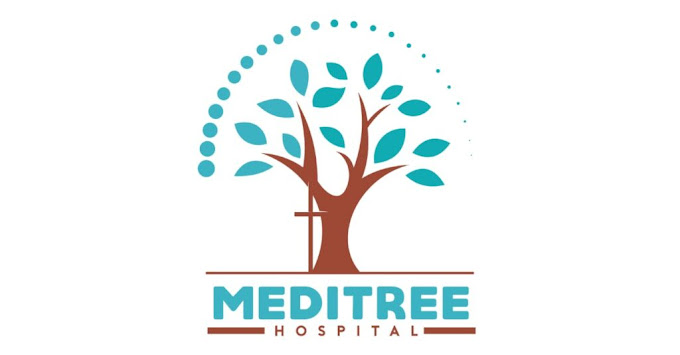Orthopedic diseases and conditions affect the musculoskeletal system, including bones, joints, muscles, ligaments, tendons, and nerves. Treatment for orthopedic conditions aims to alleviate pain, improve mobility, and restore function. Here’s an overview of common orthopedic diseases and their treatments
Common Conditions Treated
- Fractures: Broken bones resulting from trauma or stress.
- Arthritis: Inflammation of joints, including osteoarthritis and rheumatoid arthritis.
- Tendon Injuries: Conditions like rotator cuff tears or Achilles tendonitis.
- Ligament Injuries: Commonly associated with sports injuries (e.g., ACL tears).
- Back Pain: Conditions such as herniated discs, spinal stenosis, and scoliosis.
- Bursitis: Inflammation of the bursae, fluid-filled sacs that cushion joints.
- Osteoporosis: A condition characterized by weakened bones, increasing fracture risk.
2. Diagnostic Techniques
- Physical Examination: Assessing range of motion, strength, and pain.
- Imaging: Using X-rays, MRIs, CT scans, and ultrasounds to visualize musculoskeletal issues.
- Electromyography (EMG): Assessing nerve and muscle function, particularly for nerve-related issues.
3. Treatment Options
Non-Surgical Treatments
- Physical Therapy: Rehabilitation exercises to improve strength, flexibility, and function.
- Medication: Pain relievers, anti-inflammatories, and corticosteroids to manage pain and inflammation.
- Injections: Corticosteroid or hyaluronic acid injections for joint pain relief.
- Bracing or Orthotics: Supportive devices to stabilize and protect injured joints or limbs.
Surgical Treatments
- Arthroscopy: Minimally invasive surgery using small incisions to treat joint issues.
- Joint Replacement: Replacing damaged joints (e.g., hip or knee) with prosthetics.
- Fracture Repair: Internal fixation (using plates, screws) or external fixation to stabilize broken bones.
- Spinal Surgery: Procedures to address herniated discs, spinal stenosis, or deformities.
4. Rehabilitation
- Post-Operative Care: Structured rehabilitation programs to restore mobility and strength after surgery.
- Long-term Management: Ongoing monitoring and treatment for chronic conditions like arthritis or osteoporosis.
5. Specialized Areas of Orthopedics
- Pediatric Orthopedics: Focus on musculoskeletal issues in children, such as growth plate fractures and scoliosis.
- Sports Medicine: Treatment and prevention of sports-related injuries.
- Geriatric Orthopedics: Addressing age-related conditions and improving mobility in older adults.
6. Emerging Trends and Research
- Advances in minimally invasive techniques, robotic-assisted surgeries, and biologic therapies (e.g., stem cell treatments) are enhancing orthopedic care.
